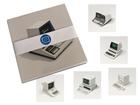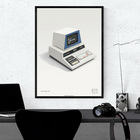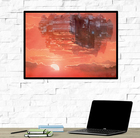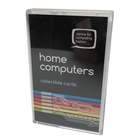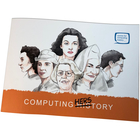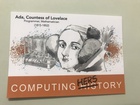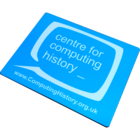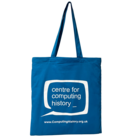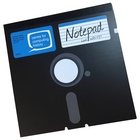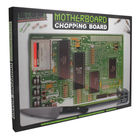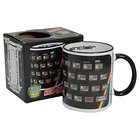
| Home > LEO Computers > Lyons Electronic Office (LEO) Archive > CMLEO/DC - David Caminer Papers > Working Files > Research visits > American Tour, T.R. T ... rd, May and June 1947 > 63012 Section D - Ame ... rt, May and June 1947 |
63012 Section D - American Tour Report, May and June 1947
| Home > LEO Computers > Lyons Electronic Office (LEO) Archive > CMLEO/DC - David Caminer Papers > Working Files > Research visits > American Tour, T.R. T ... rd, May and June 1947 > 63012 Section D - Ame ... rt, May and June 1947 |
|
Fourth part of T.R. Thompson's report on the American Tour, May and June 1947. See the catalogue record for the full report. Research Comments: This is the fourth part of an in-depth report by Thomas Raymond Thompson (TRT) and Oliver Standingford on their visit to the USA in May and June 1947. It was during this visit that they learned of the development of EDSAC in Cambridge, England! This fourth section is dedicated to 'electronic machines in the office' or 'computors'. The authors define these as machines which count and record "by means of electrons". The report first covers ENIAC, and the authors report that "sensational journalism" called this machine "The Electronic Brain", describing it in terms that implied powers of reasoning and judgment that it did not, and never could, possess. The intention of this report is to inquire "into the nature and possibilities of this machine... to find out whether it, or any adaptation of it, was capable of being put to use in commercial offices, and, if this was not the case, to try to stimulate the development of such a machine". The functions of a machine like ENIAC are:
The authors state that the real achievement in all this is not that a machine can do these things, but that it can do so "at electronic speed". They correctly ascertain that input to such a machine cannot be undertaken by clerks, but rather "by mechanical and electrical means". The report then lists the ways in which such functions can be carried out by a machine, covering:
Page 13 of this section of the report has a "diagrammatic representation of an electronic computor", illustrating the need for 'synchronisers' to coordinate the low sped circuits of the input and output channels and the high speed circuits of the computer. Part V of this section of the report outlines the possible applications of such a machine to office work, covering sales invoicing, letter writing and payroll. Part VI lists the important contacts the authors have made during the visit. They refer, amongst others, to:
Part VII of the report covers a visit to the Mathematical Laboratory at Cambridge, after the authors' return to England, where they met both Maurice Wilkes and Douglas Hartree. Both men were "keenly interested in our [Lyons'] proposals for a commercial machine and prepared to make their knowledge and advice available. They had not previously realised the commercial possibilities of the machine, being preoccupied with its use in scientific research". The authors report that Cambridge is currently working on building a pilot machine with an 'acoustic delay line memory' to demonstrate what can be done so that research funds could be raised. The memory will be fed slowly by teleprinter. The report states that Lyons consider Cambridge to be "already far in advance of the Moore School, where the research is on similar lines." The Moore School are experimenting with 10" delay line tubes, but Cambridge is incorporating tubes 4-5' in length. Development is slow however, due to lack of funds: "We were told that given £2000 they cold complete much more rapidly." Part VIII of the report looks forward to steps Lyons could take "to advance the development of Electronic Machines". The authors suggest that development of such a machine "may well be a prime factor in relieving the present [post-war] economic distress of the country... Lyons occupies a key position; no one else here, as far as we can learn, has realised the far-reaching possibilities of electronic machines." They go on to state that "It is possible for us [Lyons] to play a passive role by merely keeping in touch with developments, and in due course buying machines as they become available, probably from American sources. But such a role would not enable us to have any influence on the kind of machines built, and without commercial influence they may well be built in a form more suited to handling mathematical and census calculations". A footnote to Part VIII refers to developments at the National Physical Laboratory under Dr. [Alan] Turing and Dr. [John] Womersley, who are "working on projects of the Services and the Board of Trade, but do not expect to show results for some years". The final page of the report, before the Appendices, suggests five ways in which Lyons could proceed:
In the event, the Lyons board chose a combination of options 1 and 5. (LM) Date : June 1947Creator : Thompson, T.R. Physical Description : 1 file (50 pages), paper; typescript photocopy. This is evidently a third or fourth generation photocopy and on some pages the quality is very poor. Provenance : Archive References : CMLEO/DC/WF/RVS/1/4 , MRC1092.4/4/1 , DCMLEO20200914551-575 This exhibit has a reference ID of CH63012. Please quote this reference ID in any communication with the Centre for Computing History. |
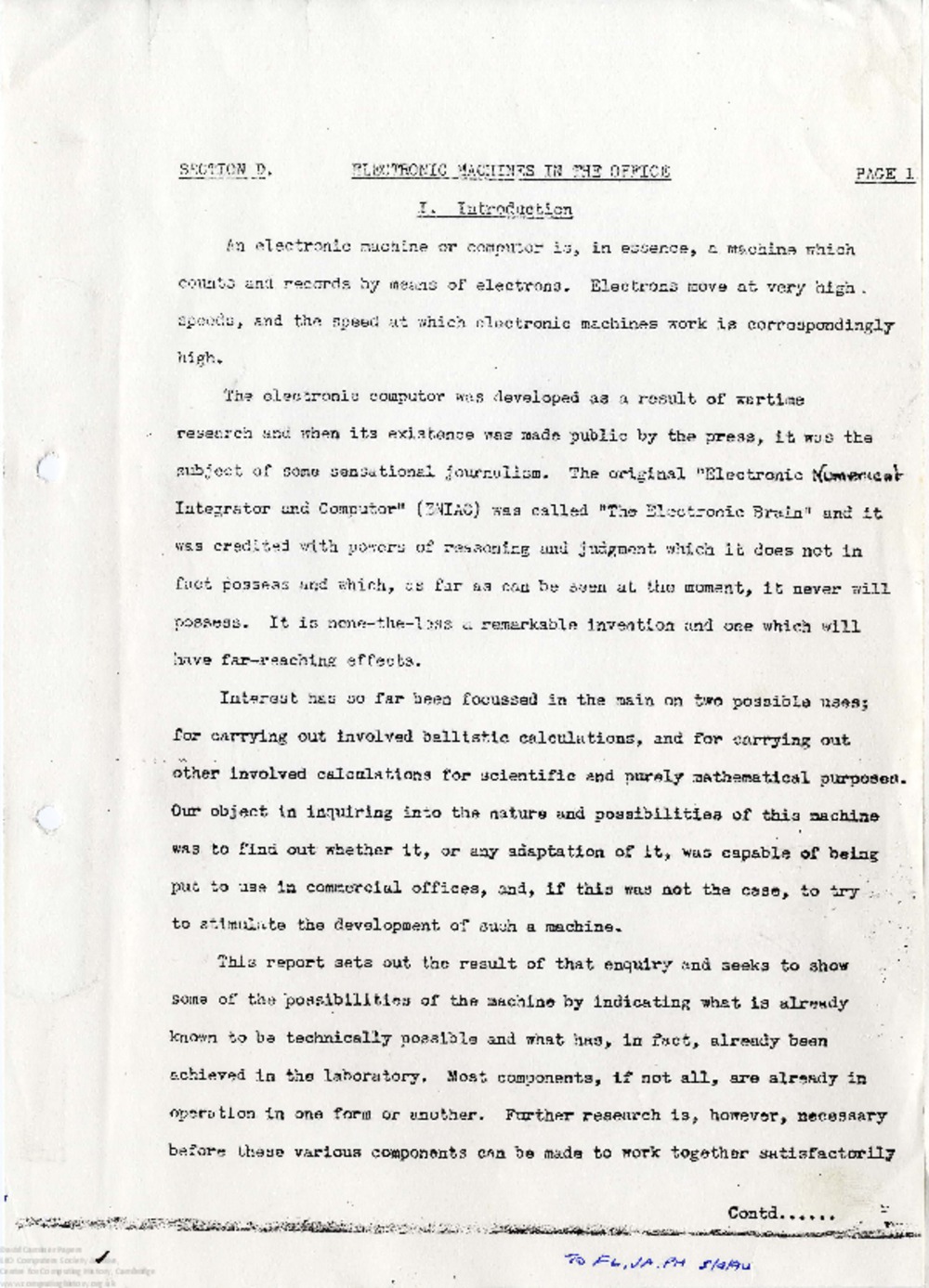 This document has been scanned and is available to view online.
Copyright Lyons copyright File Size: 22.37 MB
|

